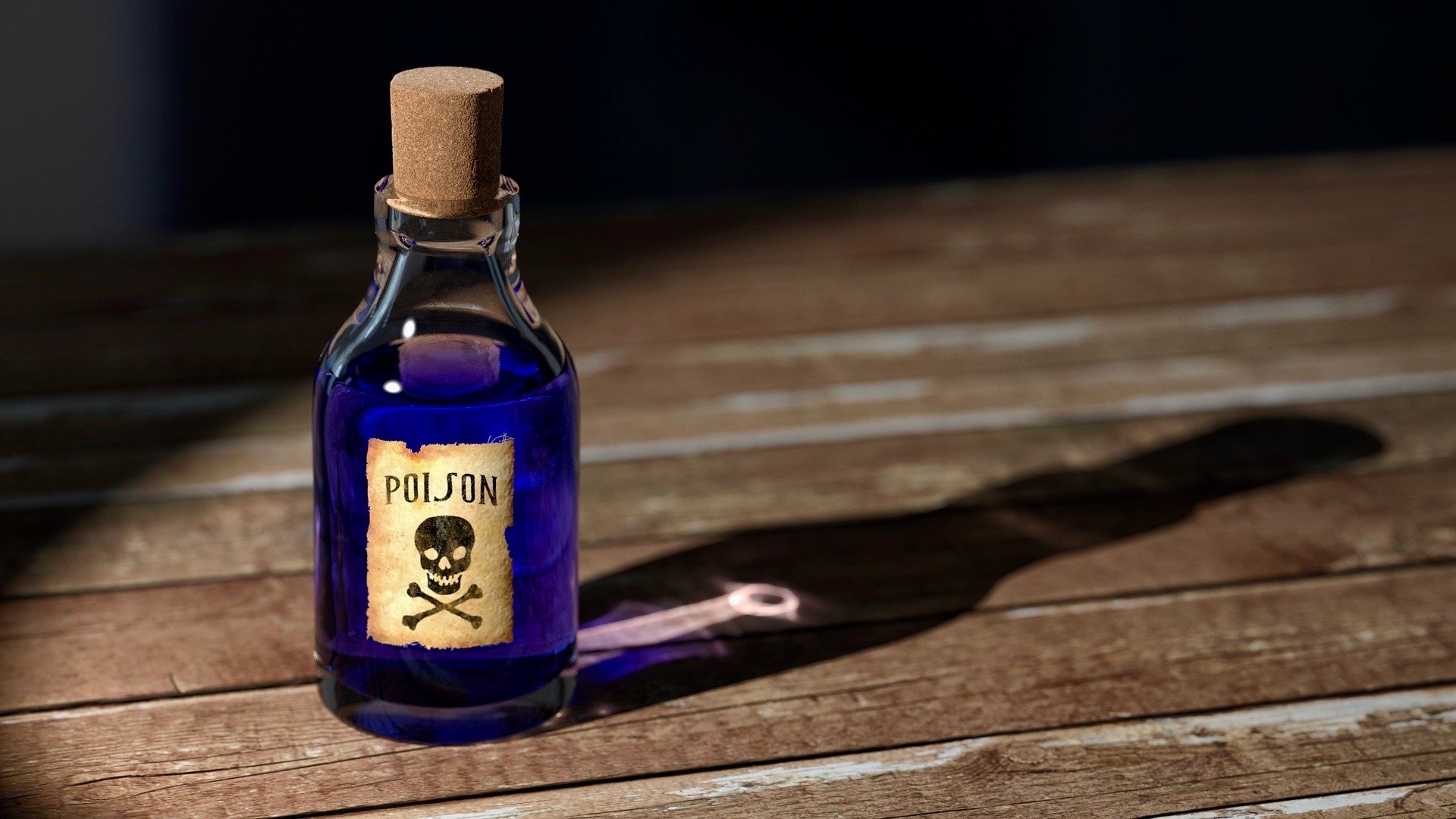Thursday, January 30, 2020

Even Low Dose Exposure Matters.
The Endocrine Disruption Organization states that hormone disrupting chemicals (also known as endocrine disrupting chemicals or EDCs) do not have a single potency and, therefore, should not be used to make regulatory decisions. For instance one such chemical, BPA, when measured in the liver and uterus has low potency but when measured in the breast or brain it has high potency. The chart to Understanding Potency is quite telling and should be freely shared on social media.
Another easy graphic illustrates how we are exposed to EDCs, and the health consequences associated with exposure. You may want to download this one-page chart and also share it on social media because we need to educate Millennials and the generations that follow on what these chemicals are doing to one’s ability to live a healthy life and to reproduce!
Critical Windows Of Development.
The developing fetus and newborn are the most sensitive to chemical exposure. A timeline available from the Endocrine Disruption Exchange displays how the body develops in the womb. Once on the link, make sure there is a check mark in the box next to “Normal Human Prenatal Development” on the upper right of the screen. Underneath this box make sure the selection “All Chemicals” is checked in the section labeled “Low-Dose Chemical Research.” The results are startling. Click on any of the numbers in the colored bars and you’ll see the effects the chemicals have on the developing child. And keep in mind this is only a handful of chemical classes. We have tens of thousands of them in our environment.
Note that the Pediatric Academic Societies have affirmed that the functioning of the current generation may be impacted by low level exposure to environmental chemical toxicity and that some changes may extend for generations beyond that initially exposed.
The Endocrine Disruption Organization website offers education, via 30-minute webinars, on dozens and dozens of topics such as early-life environmental exposure and child respiratory health; glyphosate (think Monsanto’s Round Up Chemical); thyroid hormone disruption; pre-conception environmental exposures; chemicals in food packaging, and more.
Environment Commissioner.
When she was in elementary school, my now 13-year-old grand-daughter ran for the office of “Environment Commissioner” (and won!) Now attending middle school, she remains concerned about the environment. She wonders if her children will ever see snow. She wonders if she’ll be able to bear healthy children or, for that matter, if she will even be able to conceive. She’s concerned about pollution on the land and in the water and is aware of how long it takes waste to biodegrade. Do you know how long it takes?
According to the NOAA’s Woods Hole Sea Grant project, a Styrofoam cups takes approximately 50 years to biodegrade. An aluminum can takes about 200 years. Both disposable diapers and plastic bottles take approximately 450 years to biodegrade, and fishing line takes almost 600 years.
Boxed Water Is Better.
Yes, that’s a brand name, and boxed water IS a better solution to plastic bottles. I saw a display of boxed water in Whole Foods, but later found them on Amazon in three sizes: 8 oz, 16 oz, and 32 oz. And while searching for them, I also found other brands: Just Water, RainForest, Flow, and Rethink Water. I am not a bottled (or boxed) water buyer because I have a Berkey Water Filter System, so I’m not familiar with pricing. But the concept of biodegradable packaging for water intrigued me because we must do something about plastic pollution, and this would certainly help!
But Is Boxed/Bottled Water Safe To Drink?
The EPA oversees water quality in your home, while the FDA ensures the safety of bottled water. However, the federal government doesn’t require bottled water to be safer than that from the tap and, in fact, bottled water doesn’t even have to be tested! Check out my blog “Who’s Minding Our Water” for more resources to checking the quality of your water.
And Then There Is The Issue Of The Straw.
Do you use straws for your soda? Research I acquired when writing my book indicated that acidic foods and beverages can enhance the absorption of chemicals used to make plastic, so we unintentionally ingest them. Not only do plastic straws litter the environment they require a long length of time to biodegrade. There are so many stainless-steel alternatives (and even glass), which are better for you and for the planet!
One Save A Day.
The app One Save A Day, created by Millennial Maxime Leroux in France, empowers people to commit to just one daily action in order to become a better environmental steward. One such message of the day? “Support a local product instead of a global brand today.” Small steps don’t overwhelm us while becoming more conscious of how our daily habits contribute to the state of our environment. Download his app and take it a day at a time!